On April 12th, the Schiavo Zoppelli Gallery saw the opening of the first solo exhibition of Sara Ravelli (Crema, 1993), titled “Tamed Love”, thus confirming its attention for the emerging scene. The artist investigates the dynamics of domestication, dealing with the complexity of power relationships when these are manifested through emotional bonds, such as that between man and animal.
Eleonora Reffo: Starting from the exhibition’s title, “Tamed Love”, you show your determination in putting emphasis on the domestication issue. Of the many facets of this topic, which one did you focus your attention on?
Sara Ravelli: Throughout history we see many forms of domestication, for example crossbreeding between species. In the last part of my artistic research, I focused on the power relationships between humans and animals. The kind of domestication that interests me is linked to a form of control moved by affection.
What triggered in you the interest for the artifact, that is the element that fits into the emotional relationship between man and animal?
I have always been attached to the idea of object, functionality and material, even before this specific artwork. In this case the object is the way we control and take care of animals, from the croquette to the leash up to the most whimsical objects. The objects that interest me always play between control and protection, making clear the type of relationship.
So, does also the blanket fall under the display of control?
The works “Tamed Love” (2020) e “Feeder” (2021) refer to readings and images that I have found before I began my sculptural work. I was looking for images that expressed the tension given by the “object constriction”. I found an article that showed images of horses dressed up in a carnival way, with blankets, masks, bizarre clothing. Ridiculing and miserable images, but which at the same time referred to a practice full of commitment and dedication. I wondered about the gesture of putting a blanket on an animal and in the publication “Tamed Love”, present in the exhibition, I list the technical materials of which these sheets, that are generally used in stables or to cover the animals when they are outside, are made of.
I got the feeling that a recurring element in your artistic production is the expression of the inaccessibility to a lost previous state. What do you think about this?
Just as photography, you mean! During the first years of research, I worked a lot with analog photography and I got hooked on that kind of craftsmanship. I was extremely fascinated by photography. But then I felt a sense of dissatisfaction and the need to confront the work with the real space for this reason I was led to work with sculpture. The relationship with something that could, or could not, elude time, the relationship with death: they always interested me.
What role do handcraft and manual labor play in your previous and current artistic researches, with the production of masks and blankets?
Manual production is a choice that is part of the production process of each of my works. A way of thinking that is not only practical but also conceptual, which implies a direct relationship with the materials, allowing me to understand the possibilities available to me. I get acquainted with the material by working with it, thought and desire always evolve with the production process.
I know you have been involved in horseback riding in the past. Did this experience influence the research for “Tamed Love” and “Feeder”?
I think any experience affects what I do. I tried to practice horseback riding with poor results and I could say that my relationship with animals, not just horses, has influenced my artistic research. For example, the relationship I have with my father’s dog helped me to think about some specific relational dynamics. A gaze that acts both internally and externally to the relationship. Some stories within the publication, though fictionalized, are personal stories that actually happened.
The writing of “Tamed Love”, the anthology of short stories or rather of case studies, as you mean them, belongs to a phase that preceded the realization of the works in the exhibition. How did the writing suggest you the formalization of the artistic research?
They are complementary. It was a great focus exercise that helped me make things clearer. Writing forces you to declare, more so if you do it in English, because it’s not my mother tongue. After finishing the work, I realized that I have been always writing, continuously. Writing is part of the way I work, written and visual production help each other within the practice.
Following your point of view, it can be said that horse dressing is pure artifice and anthropization of the animal. This fact has the potential to increase the interspecies gap and to admit control attitudes. What role, if any, can visual art play in raising awareness of speciesism?
I don’t think the role of art is to raise awareness about issues, I would say that art does not have a “role”, it is rather absolutely necessary. I believe that my artistic production does not have to state that I am talking about speciesism: I find it more interesting that this is a subtle intuition or that you sense it by looking at the works in the exhibition. I try, through my sensitivity, to read situations, to bring them back into visual language and to develop critical thinking.
Eleonora Reffo
Info:
Sara Ravelli. TAMED LOVE
12/04/2021 – 22/05/2021
Schiavo Zoppelli Gallery
via Martiri Oscuri 22, 20125 Milano
tel: +39 02 3674 2656
info@schiavozoppelli.com
www.schiavozoppelli.com
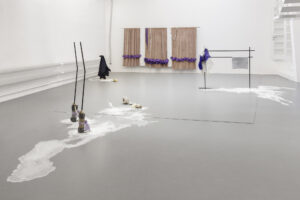 Sara Ravelli, Tamed Love, 2021, exhibition view at Schiavo Zoppelli Gallery, Milano. Photo by Andrea Rossetti, courtesy of the artist and Schiavo Zoppelli Gallery, Milano
Sara Ravelli, Tamed Love, 2021, exhibition view at Schiavo Zoppelli Gallery, Milano. Photo by Andrea Rossetti, courtesy of the artist and Schiavo Zoppelli Gallery, Milano
 Sara Ravelli, Feeder, 2021, fleece, satin, quilted fabric, unfired clay, iron structure, 200 × 400 × 15 cm. Photo by Andrea Rossetti, courtesy of the artist and Schiavo Zoppelli Gallery, Milano
Sara Ravelli, Feeder, 2021, fleece, satin, quilted fabric, unfired clay, iron structure, 200 × 400 × 15 cm. Photo by Andrea Rossetti, courtesy of the artist and Schiavo Zoppelli Gallery, Milano
 Sara Ravelli, Tamed Love, 2020, quilted fabric, nylon, iron structure, salt 143 × 153 × 58 cm. Photo by Andrea Rossetti, courtesy of the artist and Schiavo Zoppelli Gallery, Milano
Sara Ravelli, Tamed Love, 2020, quilted fabric, nylon, iron structure, salt 143 × 153 × 58 cm. Photo by Andrea Rossetti, courtesy of the artist and Schiavo Zoppelli Gallery, Milano
 Sara Ravelli, Tamed Love, 2021, exhibition view at Schiavo Zoppelli Gallery, Milano. Photo by Andrea Rossetti, courtesy of the artist and Schiavo Zoppelli Gallery, Milano
Sara Ravelli, Tamed Love, 2021, exhibition view at Schiavo Zoppelli Gallery, Milano. Photo by Andrea Rossetti, courtesy of the artist and Schiavo Zoppelli Gallery, Milano
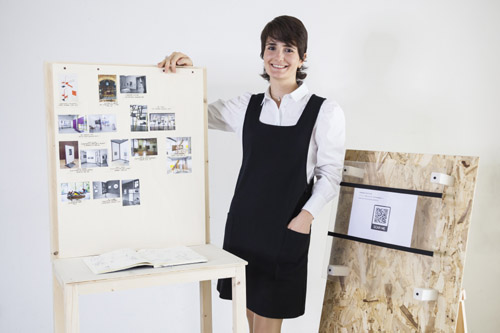
In 2019 she obtained a BA Degree in Painting and Visual Arts at NABA (Milan), where she is finishing her MA degree in Visual Arts and Curatorial Studies. Since last years she has been collaborating with cultural realities outside the major centres. As curator she is involved in the realization of multidisciplinary projects aimed at heterogeneous audiences.


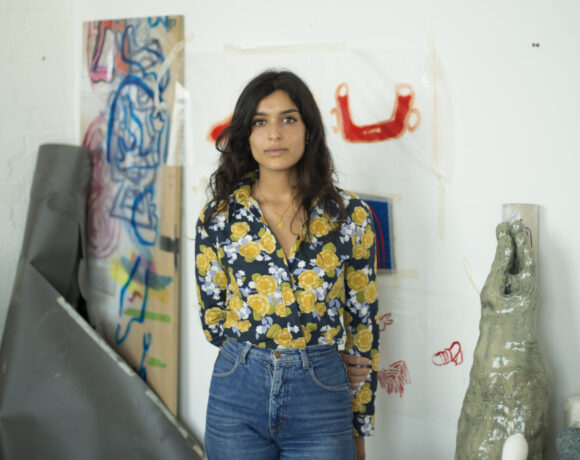
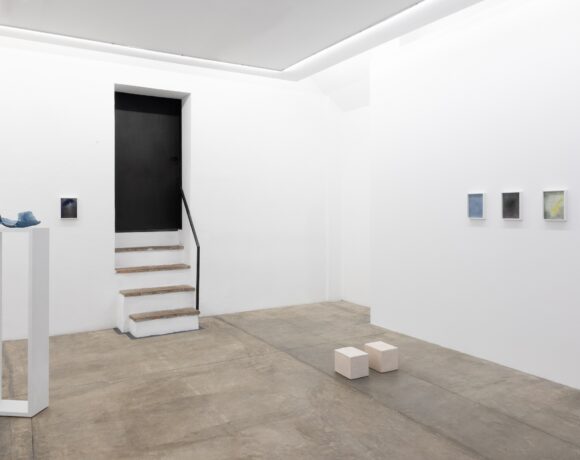
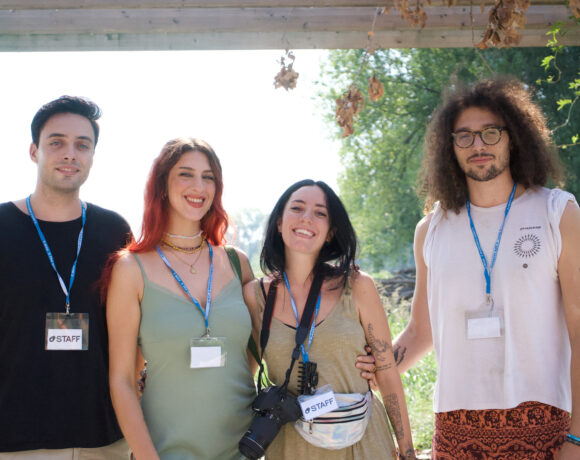

NO COMMENT